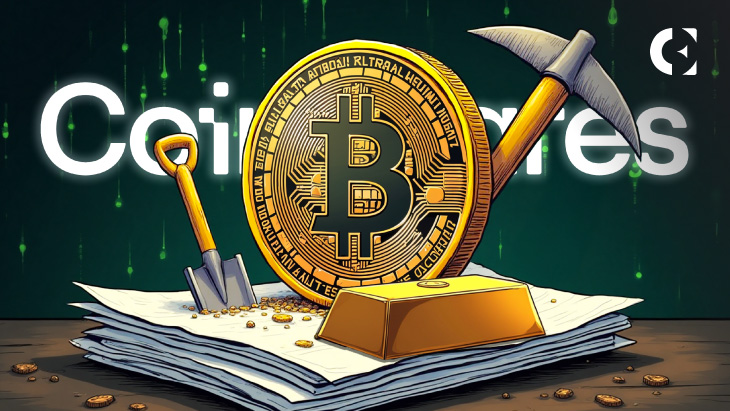- Bitcoin mining costs surged in Q4 2024, but profitability held near market prices.
- Network hashrate hit record highs, with 1 ZH/s expected by July 2025 milestone.
- Miners pivot to AI and HPC as hash prices decline and hardware cycles intensify.
Bitcoin miners are finding it much more expensive to operate lately, even though the network itself is stronger than ever. The latest Coinshares report really highlights this problem where it found that the average cash cost for big, publicly listed miners to produce one Bitcoin jumped dramatically to over $82,000 in the last quarter of 2024; that’s up from about $56,000 the previous quarter.
And when you add in other costs like paying off equipment, the total average cost soared to around $137,000 per Bitcoin. Now, miners did manage to stay profitable during that time, but only because Bitcoin’s market price happened to be high, averaging around $82,000.
This helped cover the high costs for a while. But this underlying cost pressure is forcing big shifts in the industry. Many mining companies started looking for new ways to make money, including shifting focus toward different industries like data centers and high-performance computing (HPC).
Why Mining Bitcoin Keeps Getting Harder: Hashrate Climbs
Part of the challenge comes from Bitcoin’s own success. The network’s total computing power, called hashrate, has been climbing fast. It hit peaks over 926 EH/s (exahashes per second) recently and currently runs around 870 EH/s.
More miners and more power joining the network makes it more secure, which is good. But it also makes it much harder for any single miner to successfully find the next block and earn Bitcoin rewards. Think of it like more people digging for gold in the same field – everyone’s individual chances go down.
Related: Bitcoin Mining Power Soars Past 1,000 EH/s, but Miners Struggles Intensify
The Tough Math: Costs Up, Revenue Per Hash Down
It’s not just about electricity, which is a big part of the cash cost. Miners also deal with the “ASIC hamster wheel.” ASICs are the special computer chips used for mining. New, faster ones come out all the time, making older models less profitable quickly. So, miners have to keep spending big money on the latest gear just to stay in the game. This is very different from traditional industries where equipment might last for many years.
At the same time miners face rising costs, their potential revenue per unit of computing power (called hash price) is expected to slowly decline over the long term. Even though it bounces around day-to-day (currently around $45 per Petahash/day after a recent dip below $40), analysts think it will mostly stay between $35-$50 and likely trend under $40 again by early 2026.
More global competition means less revenue to go around for the same amount of work. So, miners face rising operational costs and potentially lower revenue per unit of work.
Related: Bitcoin Price Needs to Double to Boost Miner Revenue, Says PlanB
How Miners Are Adapting: Pivoting to AI Hosting
So, what miners are doing about this squeeze is they’re getting creative and diversifying. Many companies with large facilities and power contracts are starting to use them for other high-demand computing tasks, especially hosting services for Artificial Intelligence (AI) and High-Performance Computing (HPC).
For example, major miner Core Scientific now reportedly uses 43% of its energy for AI customers. Cipher Mining is another big player making similar moves. This shift helps them build more stable income streams that aren’t totally dependent on Bitcoin’s price or mining difficulty.
A Market Wildcard: Could State Bitcoin Buys Help?
Meanwhile, there’s another factor brewing in the US market that could indirectly help miners by potentially boosting Bitcoin’s overall price. Several states, like Arizona and Texas, have bills in progress to potentially add Bitcoin to state investment funds or reserves (though a similar effort recently failed in Oklahoma).
While it’s still early days and very uncertain, some estimates suggest these moves could eventually create over $10 billion in new buying demand for Bitcoin. If governments start treating Bitcoin like a reserve asset (similar to the federal Strategic Bitcoin Reserve established in March 2025), it strongly supports the argument that Bitcoin is a reliable long-term store-of-value, especially when people are worried about inflation.
Disclaimer: The information presented in this article is for informational and educational purposes only. The article does not constitute financial advice or advice of any kind. Coin Edition is not responsible for any losses incurred as a result of the utilization of content, products, or services mentioned. Readers are advised to exercise caution before taking any action related to the company.







